Excursion
We will go to Kawagoe for an excursion on August 4th.
Kawagoe (川越)
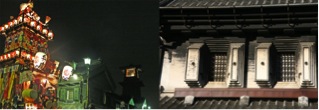
Kawagoe, a key location in the north of Edo (former name for Tokyo), developed as a castle town of the Kawagoe clan. Connected to Edo through the Shingashigawa River and the Kawagoe Kaido Road, people and cargo continuously came and went, and the entire town bustled with a spirit of enthusiasm. This Kawagoe had deep financial and cultural connections to Edo, which led to it being called by the endearing term of Koedo, meaning, "A town like Edo (a little Edo)". Even into the Meiji Period, it was the premier merchant city of Saitama Prefecture, and it flourished as a logistic hub for grain and was known for the production of fabric such as Tozan (pinstriped cotton fabric), etc. It is said, "There are many little Tokyo's in the world but Kawagoe is the only Koedo". However, the vestiges of Edo are not the only things which remain in Kawagoe. Following the war, the center of the prefecture became Saitama City which meant there was no large-scale development and the streets of the Edo Period (1600~1867), Meiji Period(1868~1912), Taisho Period (1912~1926), and Showa Period (1926~1989) are left behind like the tracks of time.
In Kawagoe you'll see merchant houses, which carry the feeling of Edo, the Western modernization with the romantic aroma of Taisho, the elegance remaining in the downtown Showa alleys, and the new Kawagoe lined with department stores and station buildings. Taking a walk through Kawagoe let you meet Japan from various time periods.
30 minutes from Tokyo by train. You'll be able to see the traditional and authentic side of Japan in Kawagoe which can't be seen in Tokyo.
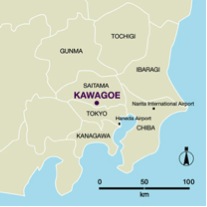
Historical sites in Kawagoe
1."Kita-in Temple" - Former "Tendaishu" Head Temple of Kanto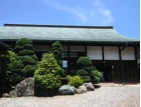
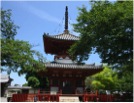
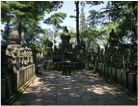
The "Tendaishu" is a renowned temple first built by mentor Jikakudaishi in 830. It was officially known as "Seiya San Muryojyuji Kita-in" Temple. This is known as the temple where Meiso Tenkai Soujyou was the head priest and it possesses many cultural assets such as buildings which were relocated from Edo Castle. It is the most famous temple in Saitama Prefecture renowned nationwide.
2. "Honmaru Goten" - Symbol of the Kawagoe Feudal Domain
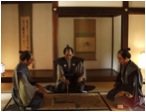
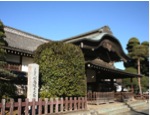
During the Edo Period in 1848, Honmaru Goten was built by Matsudaira Naritsune, a Kawagoe feudal domain master who was awarded with 1.7 million koku (unit used to express the rank of a feudal master). The oldest building in Kawagoe is Honmaru Goten has been created with a samurai-like calmness.
3. "Hikawa Shrine" - Kawagoe’s Village Shrine and Beautiful Torii Gate
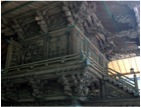
The tall torii gate is 15 meters high and is found on the approach. The grounds of the Shinto Shrine are filled with numerous trees over 500 years old and the sacred keyaki tree rustles in the wind. The history of Kawagoe Hikawa Shrine dates back to the 6th century when it separated from Omiya Hikawa Shrine. Later, Ota Dokan, who constructed Kawagoe Castle, became familiar as "Hikawa-sama (Mr. Hikawa)".
4. "Kashiya Yokocho" - Nostalgic Taste Passed Down to the Present
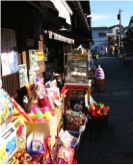
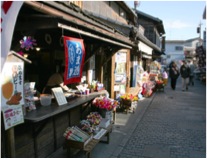
"Kashiya Yokocho" (Penny Candy Alley) is a famous alley in Kawagoe with a stone-paved alley embedded with colorful glass that is lined with 22 traditional style Japanese candy shops. The candy shops lined along this alley pass down the simple and nostalgic taste of days gone by. Once anyone steps foot in one of these stores, they feel like a child again. This place is where all generations, both children who are unfamiliar with traditional candy and adults who feel nostalgic, become excited.
5. "Toki no Kane" - Symbol of Kawagoe Still Telling Time in the Town of Koedo
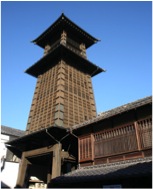
The "Toki no Kane (Time Bell Tower)" clock tower is a symbol of Kawagoe dating back to the beginning of the Edo Period. It is said that Sakai Tadakatsu, a Kawagoe feudal lord, was the first to build such a clock tower approximately 400 years ago. It burned down numerous times but has been rebuilt each time. The current clock tower is the 4th generation and was rebuilt in 1893 after the Kawagoe Great Fire.
(pictures and information cited from "Koedo Kawagoe Tourism Association")